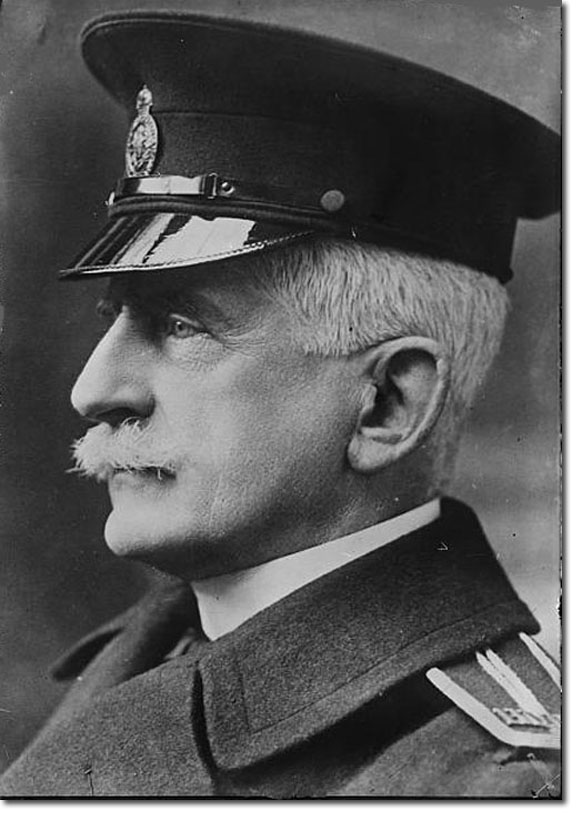|
|

 |
|
Lord Claud was the youngest son of James Hamilton, 2nd Duke of Abercorn and was educated at Wellington College. In 1907 he joined the 3rd Battalion, Scots Guards as a Second Lieutenant and transferred to the Grenadier Guards in 1909. During World War I he was mentioned in despatches in 1914 for having "commanded a machine-gun for five days and nights without relief" and awarded the DSO. In 1916 he was made an MVO and in 1918, an Officer of the Order of the Crown of Italy and awarded the Croix de Guerre. A year later, he was employed as an equerry to Edward, Prince of Wales and made a CMG in 1920 for services to The Prince on his overseas visits.
He is mentioned several times in Sir Frederick Ponsonby's History of the Grenadier Guards in the Great War: He was appointed Machine-Gun Officer of the 1st Battalion, and in October 1914 his team of gunners worked for 7 days and nights without relief whilst under fire from enemy artillery and machine-guns. They fired 57,000 rounds of ammunition and inflicted 'considerable loss' to the enemy. In November the battalion was so decimated after the battle of Ypres that they were formed into one company under Captain Rasch. Lieut Lord Claud was one of the few remaining officers. In 1915 he was appointed companion to Edward Prince of Wales and in May they marched with the 2nd Battalion to Noeux les Mines via Bethune. In July the officers of the 1st Battalion entertained the officers of the 2nd Battalion at their billets at Calonne. Lord Claud and the Prince attended. In February 1916 they left Staff HQ and joined the 1st Bn at Calais and went with them to a camp at Beaumaris. They spent 10 days in high winds and heavy snow before the battalion went off to Belgium. He and the Prince then went on leave to England. In 1921, Lord Claud was promoted as Deputy Master of the Household, made an Extra Equerry to King George V a year later and an Equerry in 1924. In 1932, he was promoted to a CVO, and a GCVO in 1937. In 1936, he was one of the escorters of the gun carriage at the King's funeral and became Queen Mary's Comptroller, Treasurer and Extra Equerry that year. He served in these offices until her death in 1953. He then became an Extra Equerry to Elizabeth II until his own death on 2 Aug 1975. |
Armed Forces | Art and Culture | Articles | Biographies | Colonies | Discussion | Glossary | Home | Library | Links | Map Room | Sources and Media | Science and Technology | Search | Student Zone | Timelines | TV & Film | Wargames